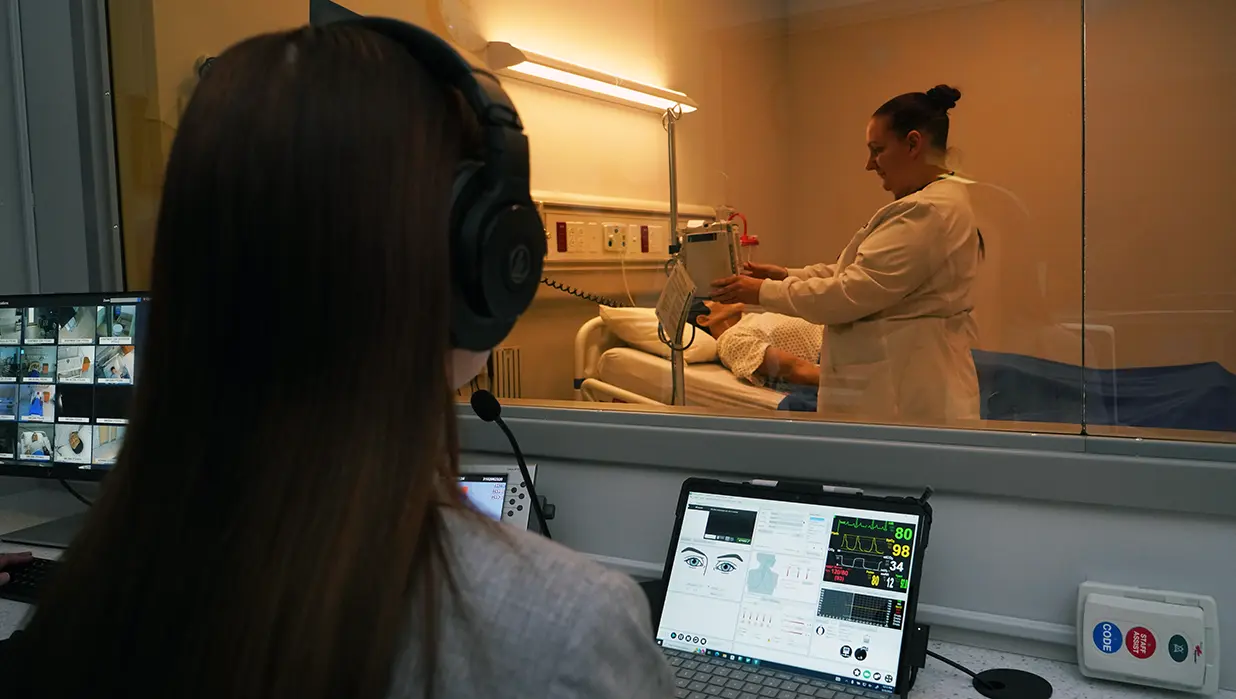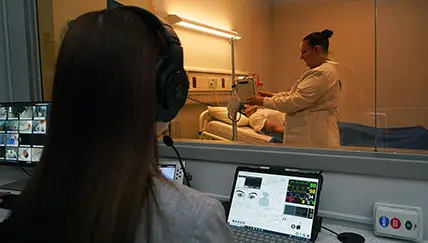

Van Gerpen Patient Simulation Center
- Home
- Advanced Learning Technology
- Van Gerpen Patient Simulation Center
IN THIS SECTION
- Advanced Learning Technology
- MILO Range Interactive Decision-Making Simulator
- Van Gerpen Patient Simulation Center
- Skid Monster Driving System
- Truck Driving Simulators
